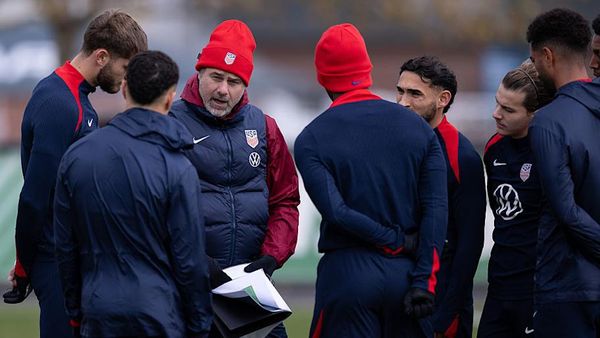
The current cold spell in Europe will persist this week as high pressure continues to stagnate over western Russia. The cold weather is linked to a weak, split polar vortex in the stratosphere, which allowed high pressure to build across Greenland last week. This in turn led to Arctic air flooding south across the UK on northerly winds. The polar vortex is due to strengthen, eventually helping to end the cold spell with low pressure to the west of the UK becoming dominant.
Much of western and central Europe, including the UK, will stay consistently around 5C below typical values for this time of year, with many places struggling to rise above freezing even during the daytime. Change is on the horizon, however, as low pressure systems begin to encroach into Europe towards the weekend. Latest forecasts show temperatures in western Europe returning to average by the start of next week, though in central and northern Europe extreme cold will persist a little longer. In contrast, Spain, which has experienced a record-breaking warm and dry autumn, will finally have some recognisably wintry temperatures.
At the other end of the weather spectrum, what about the temperature in Qatar? When the country was chosen to host the World Cup there was concern about the heat – in June and July the average daytime temperature in Qatar is 40-45C, with the hottest day on record being 50.4C, set at Doha airport in July 2010, with temperatures at night only dropping to 30-35C. So Fifa moved the competition to winter. But how has it worked out?
Pretty well in fact, with temperatures at or slightly above average for this time of year, peaking just above 30C on some days. While slightly warmer, this does compare well with previous tournaments: daytime temperatures stayed consistently in the 20-30C range in Sochi, Russia, in 2018, and in Brazil in 2014. And while temperatures in Qatar are set to rise over the next week, the forecast for the final on Sunday evening looks to be around 20C, though relatively high humidity will mean it feels warmer.







